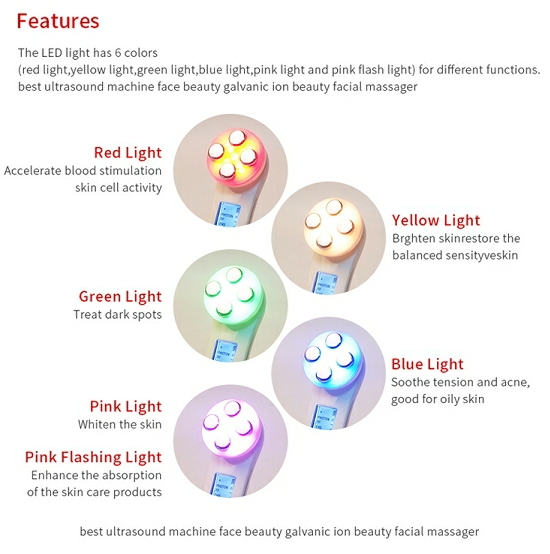Red light therapy, also known as photobiomodulation, has rapidly gained popularity in wellness clinics, spas, and athletic centers worldwide. This surge is fueled by advancing technology that, in recent decades, has brought us devices once confined to science fiction – from smartphones to self-driving cars – including sophisticated artificial light sources for therapeutic applications. But while its widespread use is relatively recent, the story of red light therapy extends back much further, intertwining with key moments in scientific history.
The Dawn of Artificial Light and Early Discoveries
Our relationship with light is fundamental. Humans rely on natural light for myriad aspects of life, and have sought to bring light to the darkness since the discovery of fire. Before electric lighting, oil and gas lamps illuminated homes and public buildings. Beyond illumination, light is crucial for agriculture, and the rising and setting of the sun dictates our natural circadian rhythms. Imbalances in light exposure can disrupt sleep and impact mood. The invention of the electric light bulb revolutionized our ability to study and manipulate light. Thomas Edison's patent for the incandescent light bulb in 1879 brought cheaper, brighter, and safer lighting to the masses, and by 1925, half of all homes in the United States were electrified.
Following Edison’s invention, Danish physician Niels Ryberg Finsen began studying light's effects on living organisms. In 1896, Dr. Finsen pioneered light therapy as a treatment for lupus vulgaris, a form of tuberculosis. Concentrating electric light 15 times, he treated affected skin areas (2cm in diameter) with daily two-hour sessions. These treatments yielded positive results, clearing lesions in many of the 804 patients treated at his center. Dr. Finsen was awarded the Nobel Prize in Physiology in 1903 for his groundbreaking light therapy treatments.
The Laser's Arrival and a Serendipitous Discovery
The advent of the laser marked another significant leap. Albert Einstein theorized the foundational properties of the laser in 1917 – "light amplification by stimulated emission of radiation." However, it wasn't until 1960 that Theodore H. Maiman, an engineer and physicist, developed the first laser based on Einstein's theory. This introduced the world to coherent light, where light is emitted at a consistent wavelength, allowing it to be focused into a tight beam.
Like the light bulb, lasers revolutionized many fields. They are used in everything from precise metal cutting to scanning groceries. Lasers also hold many clinical applications. The use of concentrated coherent light allowed for more targeted and customized therapeutic approaches. Laser therapy, a type of photobiomodulation therapy, uses concentrated red and near-infrared light for targeted treatment.
The story of red light therapy specifically begins shortly after the invention of the first commercial laser. Endre Mester, a Hungarian professor, was researching the effects of red and ruby light on tumor reduction in 1967. During his experiments, he made an unexpected discovery: mice treated with red light experienced faster healing of lesions on their shaved backs, and their hair grew back more quickly than the untreated control group. This was neither his initial research objective nor what he expected to find.
While it might seem like a small observation, the scientific world took notice when Professor Mester published his research. What significance could the hair regrowth of a few lab mice possibly hold? The answer is that NASA and the Soviet Union became involved in researching the phenomenon, and the cosmetic industry quickly recognized its potential. This led to further exploration of low-level laser therapy.
From Lasers to LEDs: Expanding Applications
Endre Mester developed the first low-level laser therapy device in 1967 and tested its effects on skin cancer. He later used the device to show the effects of laser light on wound healing processes. The FDA first approved a low-level laser therapy device in 2002.
While lasers offered precise targeting, the development of light-emitting diodes (LEDs) opened new avenues for light therapy. While LED technology has been around since the 1960’s, they received some upgrades in the 1990’s that allowed LED light bulbs to be more efficient and cheaper to produce. Now, LEDs are ubiquitous. While not as targeted or strong as a laser, LEDs still give off consistent color of light, which makes them great for light therapy. In fact, in addition to red light, there are blue and green LED light therapy devices used to treat acne and migraines, respectively.
The beneficial effects observed in red and near-infrared (NIR) laser treatments were also observed when using LED devices, such as reduced inflammation and improved skin texture. LED light therapy devices can be used on wider areas than a laser, which gives them the ability to promote whole body wellness and fight inflammation that may not be felt deep in the body.
Red Light Therapy Today: A Bright Future
Today, red light therapy, utilizing both LED and laser devices, can be found in many clinics, wellness centers, athletic departments, and homes around the world. From American Special Forces to acne treatment clinics, from hospitals and sports physiotherapists to beauty salons, various forms of light therapy are now used. The journey from early electric lights and serendipitous discoveries to modern photobiomodulation highlights the potential of light to promote healing and enhance well-being.
As a beauty device manufacturer for the red light therapy, red light therapy device, red light therapy for face, we can provide the best solutions for our customers. Welcome to visit our website : tsmskinbeauty.com
 English
English Español
Español Português
Português Pусский
Pусский Français
Français Deutsch
Deutsch 日本語
日本語 한국어
한국어 Italiano
Italiano عربى
عربى
